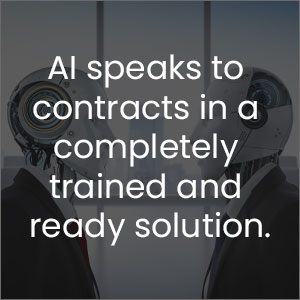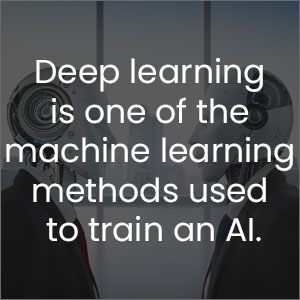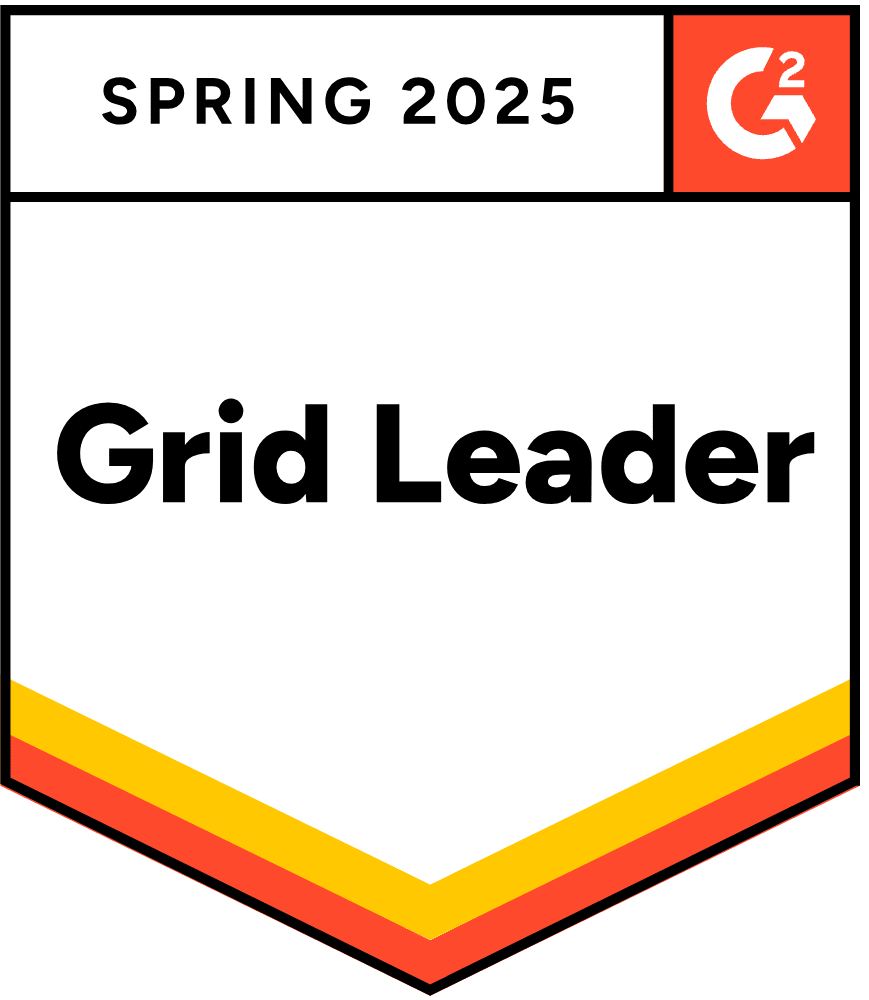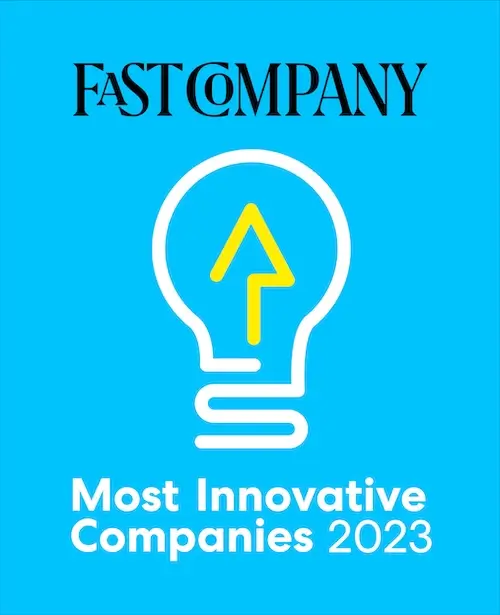Artificial intelligence, deep learning, machine learning, artificial neural networks… they’re all the same, aren’t they? They all generally speak to the ability of intelligent machines to mimic human intelligence.
Broadly speaking, they are all related topics. Each of those terms is new technologies that model the human brain and try to imitate its ability to learn or show learned capabilities. However, each of these artificial intelligence (AI) terms are slightly different. These minor nuances are important to realize. That being especially true when considering the purchase of a new technology tool to help your team, as in purchasing a new contract management system.
In a previous post, I addressed how AI is different from the machine learning algorithm. Much as they may seem like similar terms, machine learning (ML) is a subset of AI. When comparing AI vs deep learning (DL), we again are dealing with subsets. Deep learning is one of the machine learning methods used to train an AI.
AI VS DEEP LEARNING
AI for contract management has become a very hot subject in the legal technology realm. The interest comes from the opportunity for attorneys to save time and effort by leveraging this exciting new technology. It is about taking the simple, repetitive tasks off the desk of the general counsel, and letting a machine handle the mundane. Thus, freeing up the attorney’s time to focus on higher-value projects.
As defined in the AI vs ML post, very roughly artificial intelligence is the ability to mimic some human intelligence with machines. The post also expressed how ML (machine learning) is a subset of AI. In other words, think of ML as the process that the computer or artificial neural network (ANN) undertakes to learn a new task, sequence, or subject area. ML is the learning process for an AI.
Now to make things a little more complex, deep learning models are a subset of machine learning. So, a deep learning algorithm is a form of machine learning.
Again, that means an AI is the machine intelligence that has already been trained. Whereas, machine learning is the training step of building artificial intelligence. And, deep learning is one of the machine learning methods used to train an AI (ANN).
WHAT IS DEEP LEARNING?
Wikipedia defines deep learning as “a class of machine learning algorithms that uses multiple layers to progressively extract higher-level features from the raw input.” Although the definition goes on into far greater detail, this is not very informative for most readers.
An interesting aspect of deep learning for our discussion is that of unsupervised training. This is perhaps the best example of deep learning use. It literally means that the system is set up such that input data is provided to it. This training data set is then used by the machine to attempt to train itself. A great example of this is pattern image recognition systems that can pick out ‘cats’ or ‘dogs’ from any photos. The most impressive are those systems that taught themselves to recognize cats or dogs.
DEEP LEARNING SHOWN AT IBM THINK
At IBM Think there was an excellent demonstration of deep learning, shown by one of our partners – Arrow. As shown in the photo, Arrow had set up a small mobile robot wirelessly connected to the IBM Watson ‘brain.’ The bot had camera sensors built into it. And, it was placed into the circle of cones and allowed to roam. After a bit of time, the autonomous robot learned that the stark orange cones were markers of the boundaries. It learned to avoid the cones and roamed within its boundary area. People with traffic cones
This demonstrated the power of deep learning in its ability to solve problems for itself. No need for human intervention.
SO, JUST USE DEEP LEARNING!
When considering AI vs deep learning – haven’t we discovered the holy grail? If the machine can train itself, then there is no further need for human intervention. Always activate deep learning as the machine learning method. For our contract management example, the machine will learn how to do feature extractions from the agreements. Just let it run, and ‘tada.’
This sounds interesting. However, it is not quite that simple. Unfortunately, contract data is not quite as simple as delineating the boundaries of a bright orange cone from the surroundings. In this regard, the legal engineer’s job is still required. Legal engineers being the individuals who help guide machine learning in an agreements management capacity.
Occasionally, the ML direction in learning to identify a clause (or clause alternatives) goes astray. That’s where the human legal engineer steps in to guide the learning algorithm. Doing so vastly speeds up the learning process, and improves the effective rate of the resulting AI.
So, if you are a legal engineer who trains AI systems; rest assured that your job is safe.
AI VS DEEP LEARNING IN CONTRACTS
Bringing the discussion back to contract management – be aware of these subtle differences. From time to time, one vendor or another will want to demonstrate that they are different. So it is easy to throw out terms that sound impressive. It is easy to state that ‘our AI gives you the power of deep learning.’ Should you hear such a claim, be mindful that this may signal that the vendor’s AI solution may not be fully trained.
AI – OUT-OF-THE-BOX, READY-TO-GO
AI vs deep learning is a fascinating debating topic, but for your day job – you want systems that are ready to help you immediately. What you need is an AI that has been trained by the vendor, such that it is ready to go, as soon as your agreements management systems have been deployed. A fully functional contract AI which is ready to go out-of-the-box is far more useful than one that will require your resources and six months additional time to train.
In this respect, that is the type of service which a good contract lifecycle management (CLM) vendor will offer. Naturally, ContractPodAi offers exactly this option. Once a system has been fully implemented and deployed to a customer, it is coming with the benefits of having been trained on your contracts. This is done under the skilled guidance of one or more legal engineers. From your perspective as a customer, you have but to use the system. Once deployed, it is ready to be used on day one! AI speaks to contracts in a completely trained and ready solution.
WILL IT STAGNATE?
A reasonable question as a client, is “will an out of the box AI stagnate?” In other words, if the AI is trained and ready to go, right out of the box – will it keep adapting? After all, your contracts may change and meander over time. So, shouldn’t your AI adjust with the contracts?
The answer is YES.
Our philosophy is to use legal engineers to guide the AI learning sequence. It avoids unnecessary surprises in the field. Fortunately, in our case, ContractPodAi is always ready to have a legal engineer re-tweak and adjust the AI as needed, over time. That way, as you get a new wave of contracts into your system, we will re-adjust the AI to ensure it continues to improve with time.
AI VS DEEP LEARNING FOR YOUR CONTRACTS?
Both artificial intelligence and deep learning ML ‘seem’ to speak to the same concept. But, they are distinct concepts, to be used at different phases. Deep learning largely speaks to the self-training AI systems. AI on the other hand speaks to contracts in a completely trained and ready solution. Remember, when discussing with vendors about their technology, make sure you look for an AI-based contract management software that will be ready to be used as soon as it is fully deployed. That way, you won’t be burdened with having to take on the training and adjustments for yourself. It can be time-consuming, frustrating, and an additional hassle you just don’t need.
Find out more about the most advanced contract AI on the market. ContractPodAi deploys in an out-of-the-box model that is ready to go on day one of your fully deployed system. Should you have any questions about this or the other capabilities of our contract lifecycle management system, please reach out to us. We are always pleased to discuss contract management – our favorite topic!
Author:

Viraj Chaudhary
Connect with us on Linkedin












